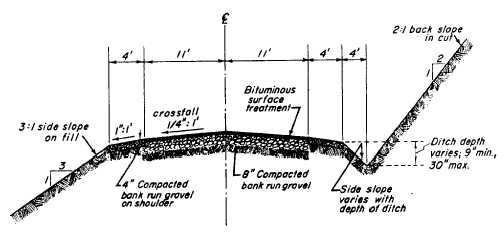Figure 14-23.-Typical design cross section.
TYPES OF CROSS SECTIONS.— Figure
14-23 shows a typical design cross section, Just
about everything you need to know to construct
the highway, including the materials to be used
and their thicknesses, is given here.
However, this design section is a section of the
completed highway. For the purpose of staking
out and for earthmoving calculations, the cross-
section line of the existing ground at each
successive station must be plotted; the design data
cross section (typical section of the highway) is
then superimposed.
The cross section of the road, with design data
available from a previous design-data survey, is
staked out by an EA survey party, preferably the
leveling crew. Figure 14-24 shows a designed cross
section of a 40-ft-wide road taken from a station
or point along the road center line. The elevation
of the existing surface is 237.4 ft all the way
across; therefore, this is called a level section.
Finished grade for the highway at this station—
that is, the proposed center-line elevation for the
finished highway surface—is 220.4 ft. The
prescribed side-slope ratio is 1.5:1; that is; a
horizontal unit of 1.5 for every unit of vertical
rise.
Because the ground line across the cross
section is level and the side-slope ratio is the same
on both sides, the horizontal distance from the
center line to the point where the side slope will
meet the natural surface will be the same on both
sides. A slope stake is driven at this point to guide
the earthmovers. The horizontal distance from the
center line to a slope stake can be computed by
methods that will be explained later.
In the case of this designed cross section, the
data available to you are
1. the width of the highway,
2. the side-slope ratio, and
3. the proposed finished grade.
Besides this, all you need to know to set
slope stakes is the ground elevation of the
slope-stake point on each side. Because the
elevation of the level section in figure 14-24
is the same on both sides, only a single-
level shot for elevation is needed. For this
reason, a section of this kind is called either
a one-level section, or just a level section.
Because the entire sectional area consists of
material to be excavated or CUT, it is called
a section in cut.
Figure 14-24.-Level section in cut.
14-29




